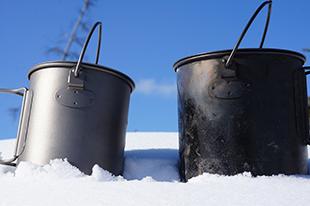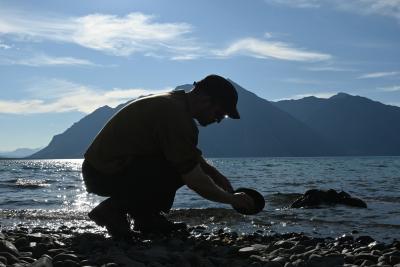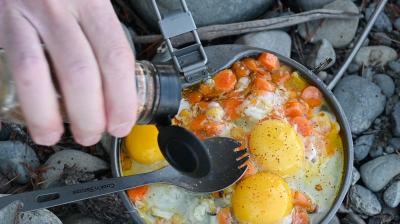Friends in the Great Outdoors

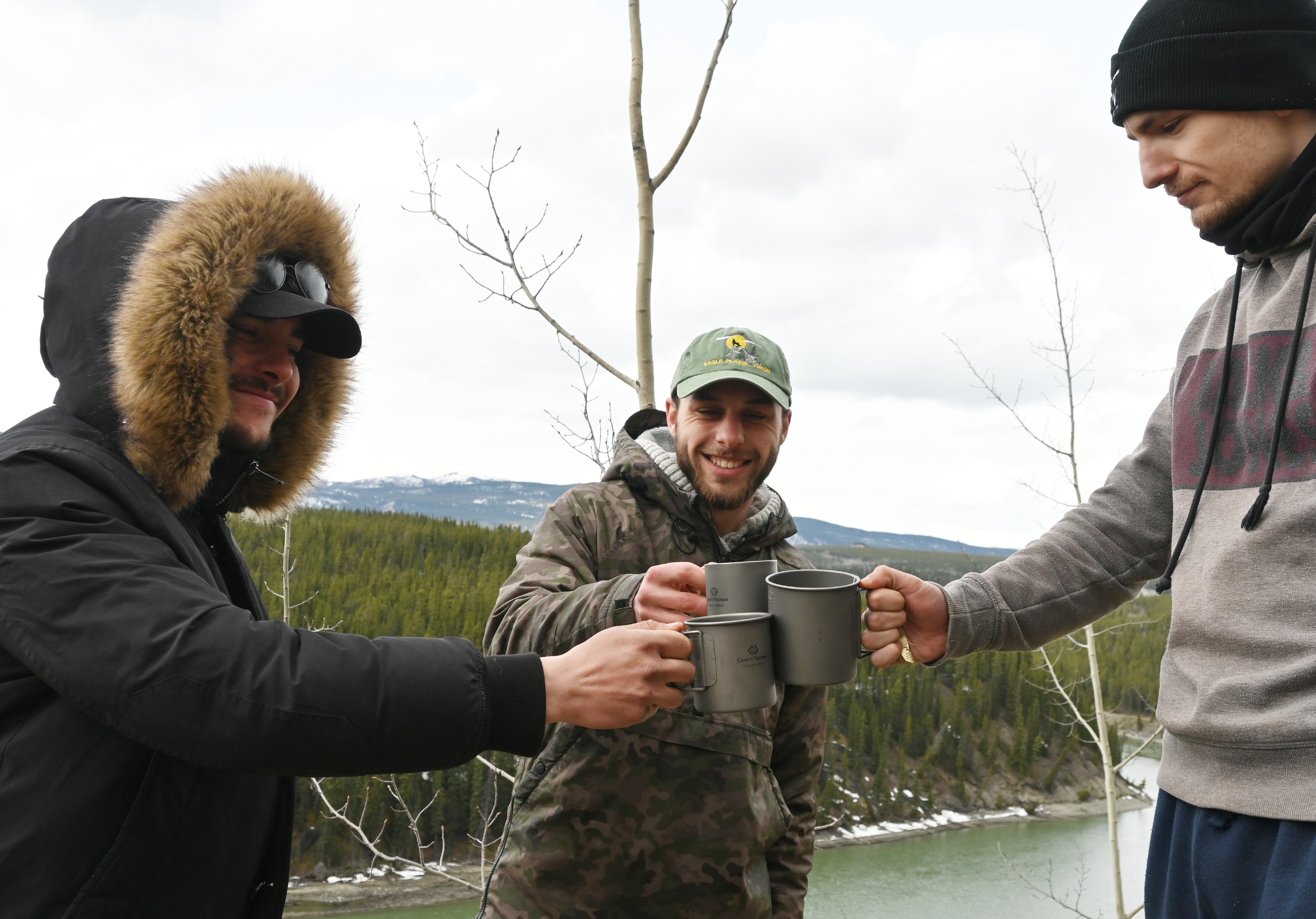
Friends in the Great Outdoors
What’s your preference for a wilderness trip, going solo or in a group? Wanting to be alone or in a group depends on your personality, the time allocated to your trip, your wants and needs, your experience and goals, etc. One thing is for sure, a majority of people would rather go in a group, especially with friends. However, it’s beneficial to highlight a few pros and cons before making this choice.
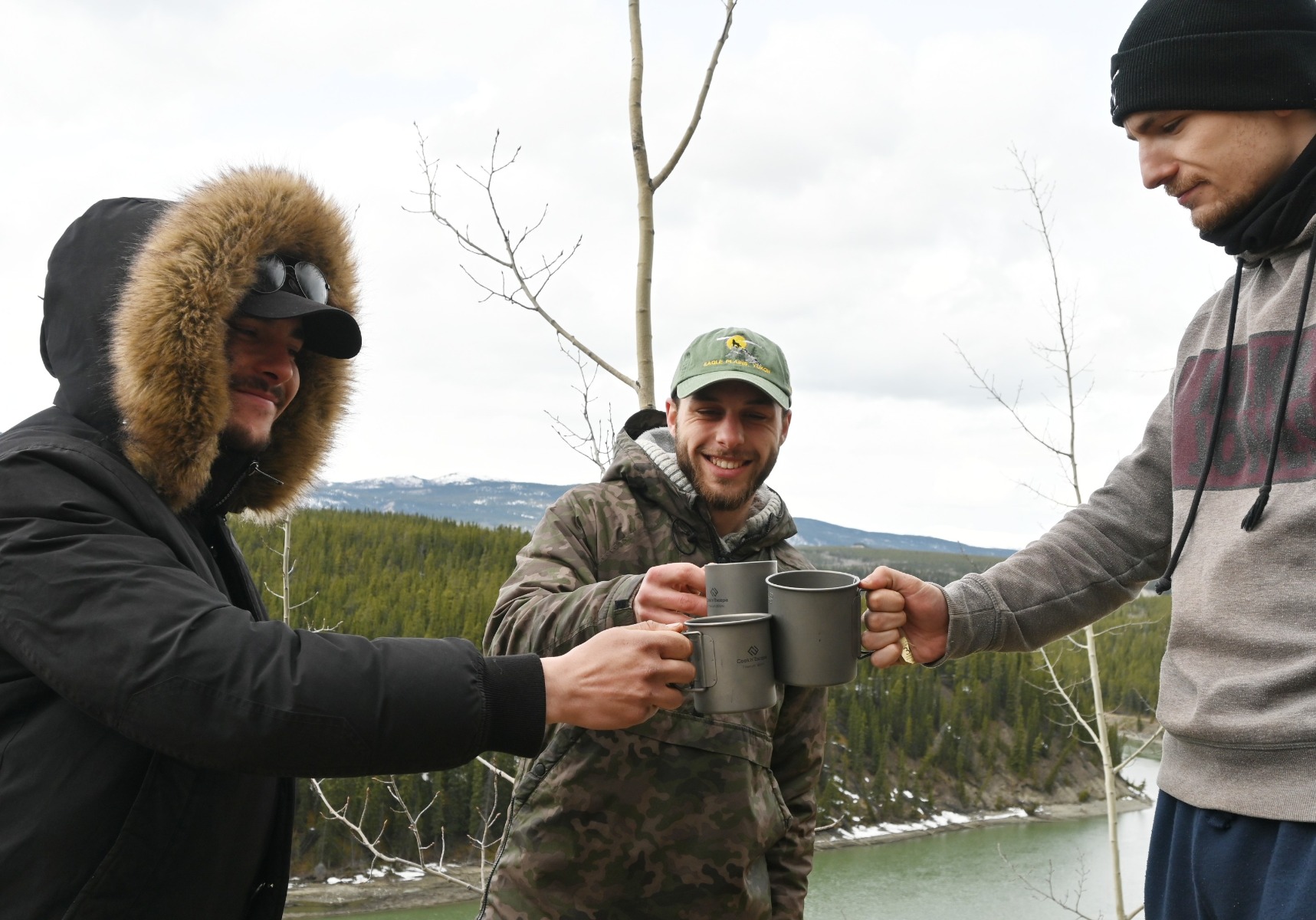
The safety of a group. In a considerable measure, traveling in a group is safer. It’s true for most things in life since we are a collaborative, gregarious species. If one group member is injured, that’s OK, the group might be able to take care of that person. A group is less likely to be attacked by wild animals. In bear country, the Canadian government recommends hiking in a tight group of four or more. The same goes for expedition canoeing, if a canoe is lost in a rapid, having other canoes to salvage the canoe or reach for help tremendously increases the survival odds for the party. On the downside, a group will do nothing for safety with one or more inexperienced or unskilled members. In fact, inexperienced group members might put everyone else at risk.
Reaching higher goals. It’s commonplace to mention the “strength in unity” of an outdoor party. It’s still a reality: the highest mountains are climbed by teams, not by solo individuals. The loftier the goals, the stronger the team needs to be. At the same time, during the trip, your own goals might not be shared by all party members. Group safety should come first, before your wants and desires.
Simplified logistics and costs. You will have less to carry in your backpack since the load will be shared equally. The trip logistics may also become cheaper. Maybe only one shuttle to book, which cost could be shared. Unfortunately, the opposite could be true as well. Group logistics means the agenda of many people have to be accommodated. Every booking can become much more complex and lengthy.
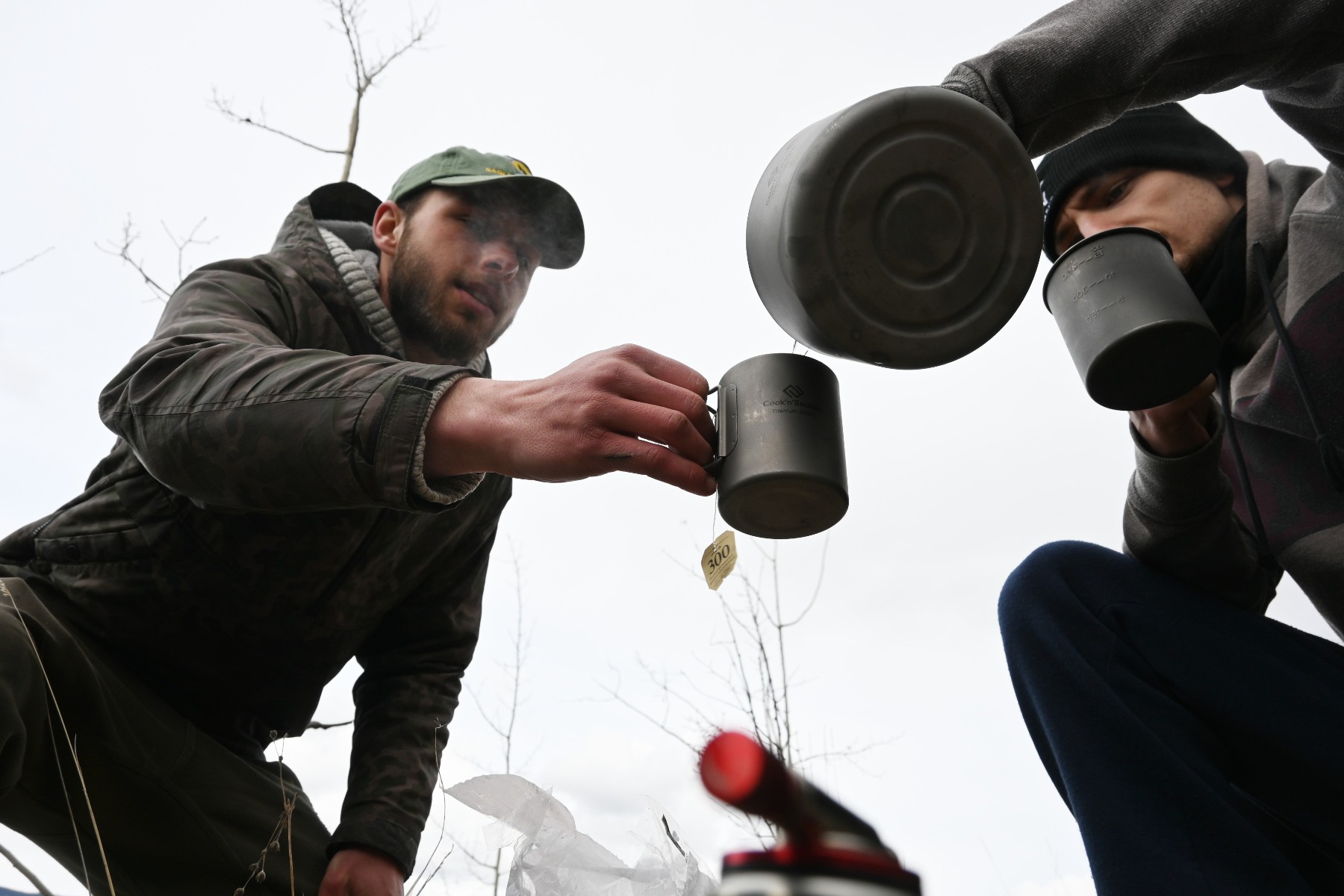
Friendships and the adversity of the trail. Trips in the Great Outdoors are often memorable experiences. And if you travel with acquaintances, they may very well become true friends at the end of the trip. Conversely, starting a trip with long-time friends at the beginning may lead you to have no friends at the end. Adversity l can make for a great bonding experience, but tiredness, lack of personal space and comfort, and chores can also bring tensions among group members.
How to choose the right partners for your trip? Someone of the same age with the same interests is preferable on self-directed trips. Trip partners should have similar traveling styles and expectations. If they are already your friends it should be easy. However, if they are just acquaintances, always ask them very specific questions well before the trip: try to know about their traveling pace and their goals, and ask them about potential health problems they may have, or prescription drugs they are taking. Compatibility is a requirement for a successful Great Outdoors traveling partner.

